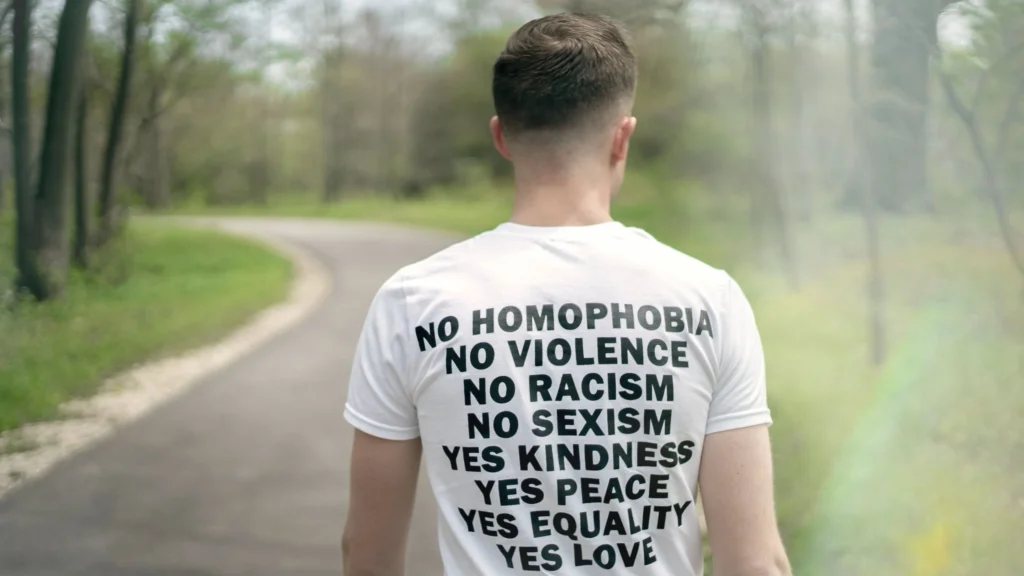Coming out is a deeply personal and often courageous act that involves revealing one’s sexual orientation or gender identity to others. While coming out can be a liberating experience for many individuals, it also carries significant risks, especially in societies where LGBTQ+ identities are stigmatized and marginalized. In this blog post, we’ll explore the complexities of coming out, examine common taboos associated with it, and discuss the importance of creating supportive and inclusive environments for LGBTQ+ individuals.
Understanding Coming Out
Coming out is a process of self-acceptance and self-disclosure in which individuals reveal their LGBTQ+ identity to others, often starting with close friends and family members. It’s a deeply personal journey that varies widely from person to person and can involve feelings of fear, anxiety, relief, and empowerment. For many LGBTQ+ individuals, coming out is a significant milestone in their journey towards self-acceptance and authenticity.
Common Taboos Surrounding Coming Out
Despite growing visibility and acceptance of LGBTQ+ identities, taboos surrounding coming out persist in many cultures and communities. Some of the most common taboos include:
- Fear of Rejection: Many LGBTQ+ individuals fear rejection and abandonment from their loved ones if they come out. This fear can be especially pronounced in cultures or families where homosexuality or non-heterosexual identities are stigmatized and viewed as shameful or immoral.
- Social Stigma and Discrimination: LGBTQ+ individuals may face stigma, discrimination, and violence from their communities, peers, and even employers if they come out. In some societies, being openly LGBTQ+ can lead to social ostracism, harassment, and even legal persecution.
- Internalized Shame and Self-Blame: Internalized homophobia, biphobia, or transphobia can cause LGBTQ+ individuals to feel ashamed or guilty about their identity. This internalized shame can prevent individuals from coming out or lead to feelings of self-doubt and low self-esteem.
- Cultural and Religious Taboos: Cultural or religious beliefs that condemn homosexuality or non-heterosexual identities can create additional barriers to coming out. LGBTQ+ individuals may struggle to reconcile their sexual orientation or gender identity with their cultural or religious upbringing, leading to feelings of conflict or guilt.

The Importance of Creating Supportive Environments
Creating supportive and inclusive environments for LGBTQ+ individuals is crucial for promoting acceptance, understanding, and well-being. Here’s why:
- Validation and Affirmation: Coming out in a supportive environment can provide LGBTQ+ individuals with validation and affirmation of their identity, helping them feel seen, heard, and accepted for who they are.
- Reducing Isolation and Loneliness: LGBTQ+ individuals who come out in supportive environments are less likely to experience feelings of isolation and loneliness. Having a supportive network of friends, family, and allies can provide LGBTQ+ individuals with a sense of belonging and community.
- Promoting Mental Health and Well-being: LGBTQ+ individuals who come out in supportive environments are more likely to experience positive mental health outcomes, including higher self-esteem, lower levels of anxiety and depression, and greater overall well-being.

Coming out is a deeply personal and often challenging journey that requires courage, resilience, and support. By breaking taboos surrounding coming out and creating inclusive and accepting environments for LGBTQ+ individuals, we can help ensure that everyone feels empowered to live authentically and without fear of judgment or discrimination. Let’s continue to challenge stigma, advocate for LGBTQ+ rights, and celebrate the beauty and diversity of human identity.

